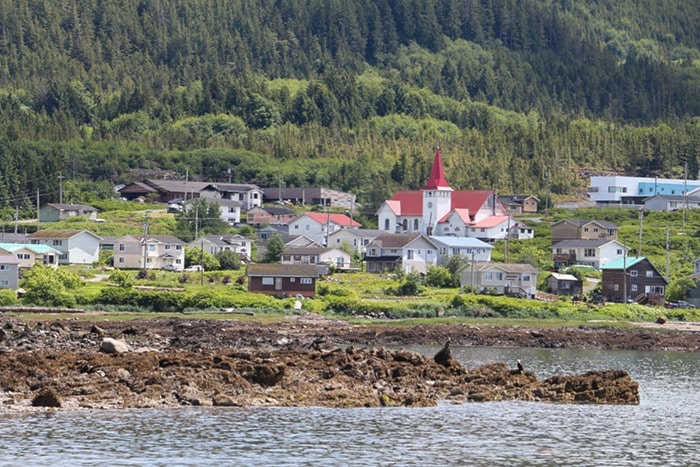The federal government is unable to tackle infrastructure gaps in Aboriginal and northern communities alone, which is why a not-for-profit research group started a conversation on how to finance projects in the remote regions of Canada.
The City of Prince Rupert’s $259-million infrastructure deficit pales to the $9.7-billion deficit expected in 2018 for First Nation reserves across the country.
The Conference Board of Canada hosted a roundtable discussion with 30 experts in Ottawa to look at how to finance projects that would close the billion dollar shortfall and improve living standards in Aboriginal and northern communities.
“It is apparent that the public sector is in no position to assume full responsibility for financing, facility design, and operations,” states the report titled Rethinking Infrastructure Financing that was released in February.
There were many parallel infrastructure concerns spanning Aboriginal and northern communities which was why the Conference Board started with a national approach to explore possible financial solutions to launch the conversation, said Christopher Duschenes, the director of northern and Aboriginal policy for the Centre of the North.
There were three main topics that emerged from the dialogue. The first was that “there is not a consistent way for indigenous leadership, the public and private sector, for them to sit down together in a neutral environment, as opposed to a project by project environment, to talk about ways to fill the infrastructure gap,” Duschenes said over the phone from Ottawa.
The second topic that emerged was that people across the country have been involved in successful projects related to infrastructure but those successes aren’t generally known outside the community. Duschenes said he hopes that they will be able to document these case studies where infrastructure development has been successful.
The third topic was that there are differing views on how financing works for infrastructure projects in indigenous and remote northern communities. Public-private partnerships, meaning jointly funded projects with government and industry, was discussed as one option that has had on and off successes.
What was suggested in the roundtable discussion was bringing Aboriginal financial institutions into the mix to increase indigenous participation. The vision was that Aboriginal communities and businesses should have more options to co-invest in projects.
Duschenes said his organization has looked at the liquefied natural gas (LNG) industry and he had hoped the Centre for the North would be able to host a meeting in either Terrace or Kitimat with the BC LNG Alliance.
“But since the environment related to LNG in BC has changed a little bit those discussions are on hold,” he said. As a neutral third party, “we’d like to delve into the opportunities and challenges associated with LNG and remote areas.”
The report is free and available and the board hopes to distribute the findings to municipalities and First Nation communities across the country to broaden the discussion on how to close the infrastructure gap.
